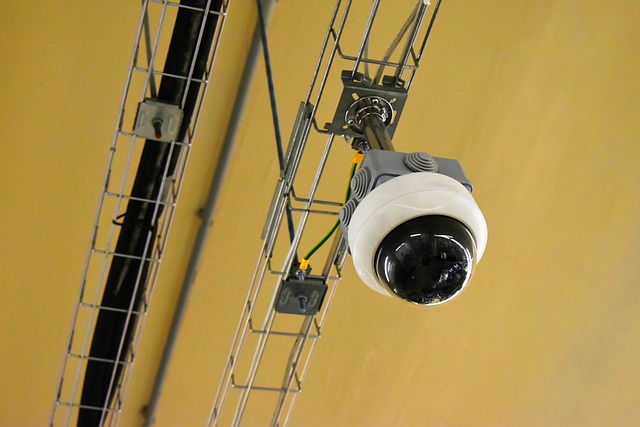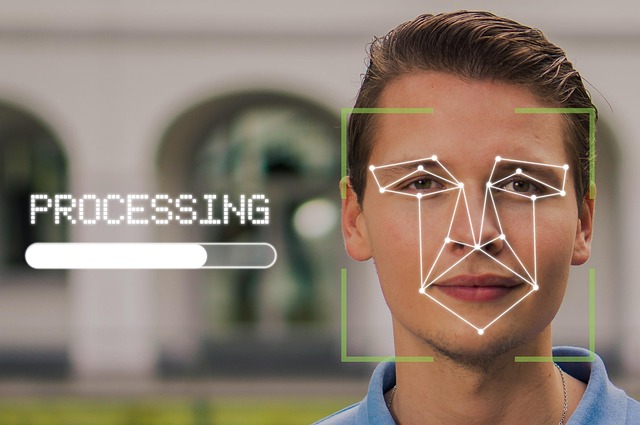In the evolving landscape of health technology, the integration of sensor-driven systems into orthopedic care has become a catalyst for unprecedented advances. By harnessing real‑time data from implanted or wearable devices, clinicians now possess a dynamic window into the mechanical environment of bones, joints, and musculoskeletal tissues. This capability—referred to as orthopedic monitoring—transforms the way injuries are diagnosed, treatments are customized, and recovery is managed, paving the way for smarter, more personalized healthcare innovations.
What Is Orthopedic Monitoring?
Orthopedic monitoring refers to the continuous observation of biomechanical forces, joint angles, muscle activity, and load distribution using embedded or external sensors. These sensors capture quantitative metrics that are otherwise invisible to the naked eye, providing objective evidence of how a patient’s body moves and how it responds to medical interventions. The data generated are then transmitted to cloud platforms or local servers, where algorithms process and visualize trends, alert clinicians to deviations, and guide therapeutic decisions.
Core Sensor Technologies
Several types of sensors underpin modern orthopedic monitoring systems, each chosen for its ability to measure specific parameters with high fidelity:
- Inertial Measurement Units (IMUs): Combining accelerometers, gyroscopes, and sometimes magnetometers, IMUs track angular velocity, linear acceleration, and orientation, enabling precise motion analysis.
- Pressure Sensors: Integrated into insoles or joint braces, these sensors record ground reaction forces and joint loading patterns during gait or functional tasks.
- Optical Encoders: Used in some implantable devices, they quantify joint angles by translating mechanical displacement into electronic signals.
- Wireless Biomechanical Sensors: Employing Bluetooth or Zigbee protocols, they relay data to mobile devices or cloud services for real‑time feedback.
Clinical Applications and Benefits
The practical impact of orthopedic monitoring is broad, influencing both acute and chronic care pathways:
- Post‑operative Rehabilitation: After surgeries such as total hip or knee arthroplasty, sensors track weight bearing and joint range of motion, allowing therapists to calibrate progression plans and prevent overload.
- Sports Injury Prevention: Athletes wear sensor packs that analyze movement mechanics, identifying asymmetries or loading patterns that predispose them to ligament tears or stress fractures.
- Spinal Health Management: Implanted sensors in spinal cages record load distribution and micro‑motion, informing clinicians about implant stability and potential failure risks.
- Bone Healing Assessment: Load sensors placed around fracture fixation devices provide evidence of callus formation and load transfer, guiding the timing of weight‑bearing activities.
Enhancing Patient Outcomes
By moving from static snapshots to continuous data streams, orthopedic monitoring facilitates earlier detection of complications, reduces hospital readmissions, and empowers patients to participate actively in their care. For instance, a patient recovering from a distal radius fracture can receive instant feedback on grip strength and wrist positioning, correcting maladaptive habits before they become entrenched. Over time, this iterative learning loop shortens rehabilitation timelines and improves functional scores, as quantified by standardized tools such as the DASH or KOOS.
Data Analytics and Predictive Modeling
The richness of sensor data invites sophisticated analytical techniques. Machine learning models trained on large cohorts can predict implant loosening, tendon rupture risk, or the onset of osteoarthritis with remarkable precision. In addition, clustering algorithms identify distinct movement patterns that correlate with pain or stiffness, allowing clinicians to tailor interventions beyond conventional protocols. Importantly, these predictive insights are delivered in clinically actionable formats, such as threshold alerts or visual dashboards, ensuring they integrate seamlessly into busy practice workflows.
Regulatory Landscape
As sensor‑based orthopedic monitoring devices become more pervasive, regulatory bodies are evolving guidelines to ensure safety, efficacy, and data integrity. In the United States, the Food and Drug Administration (FDA) has issued guidance on medical device data management and software as a medical device (SaMD). In Europe, the Medical Device Regulation (MDR) emphasizes robust risk management and post‑market surveillance, which are especially pertinent for systems that continuously collect patient data. Compliance frameworks now require manufacturers to demonstrate secure data handling, patient consent mechanisms, and algorithmic transparency.
Ethical Considerations
While orthopedic monitoring opens doors to improved care, it also raises important ethical questions. Data privacy is paramount; patients must trust that their movement patterns and health metrics are stored securely and used only for intended clinical purposes. Moreover, the continuous nature of monitoring can create anxiety or performance pressure, necessitating clear communication about data use and support systems. Finally, equitable access remains a challenge; ensuring that sensor technologies are available across diverse socioeconomic groups is critical to prevent widening disparities in orthopedic outcomes.
Future Directions
Looking ahead, the next wave of orthopedic monitoring innovations will likely focus on seamless integration with digital health ecosystems, enhanced sensor miniaturization, and real‑time closed‑loop therapeutic adjustments:
- Smart implants that can adjust stiffness or load transfer autonomously based on sensor inputs.
- Edge‑computing platforms that process sensor data locally, reducing latency and safeguarding privacy.
- Artificial intelligence‑driven rehabilitation programs that adapt exercise prescriptions on the fly.
- Interoperable data standards enabling cross‑device analytics and broader population health insights.
Conclusion
Orthopedic monitoring exemplifies how sensor technology can reshape healthcare, turning passive diagnostics into proactive, personalized care. By providing clinicians and patients with precise, continuous data, these systems drive faster recovery, reduce complications, and pave the way for predictive, algorithmic interventions. As regulatory frameworks mature and ethical guidelines solidify, the widespread adoption of orthopedic monitoring will likely become a hallmark of the next generation of musculoskeletal care, underscoring the pivotal role of sensors in the future of health innovation.



